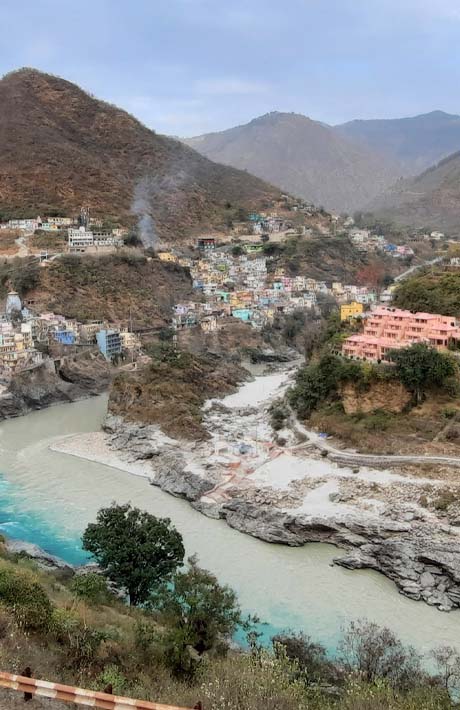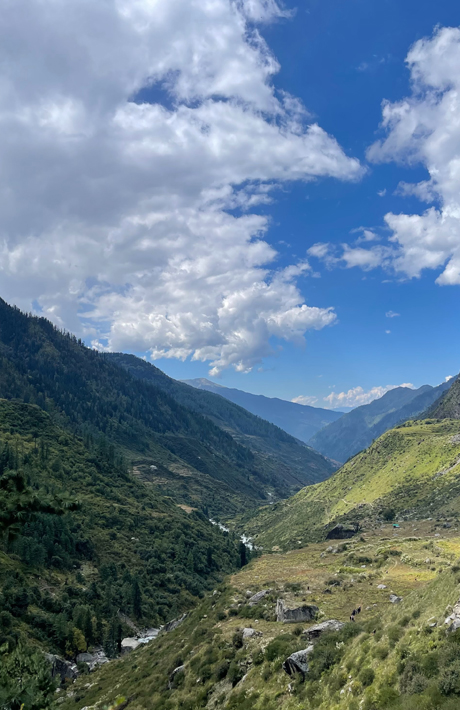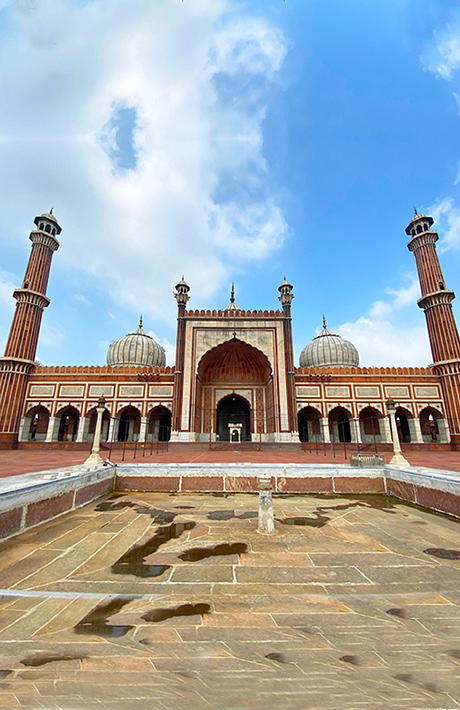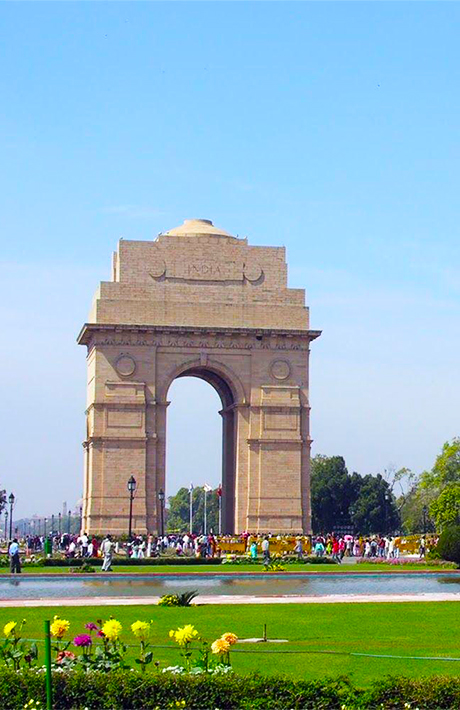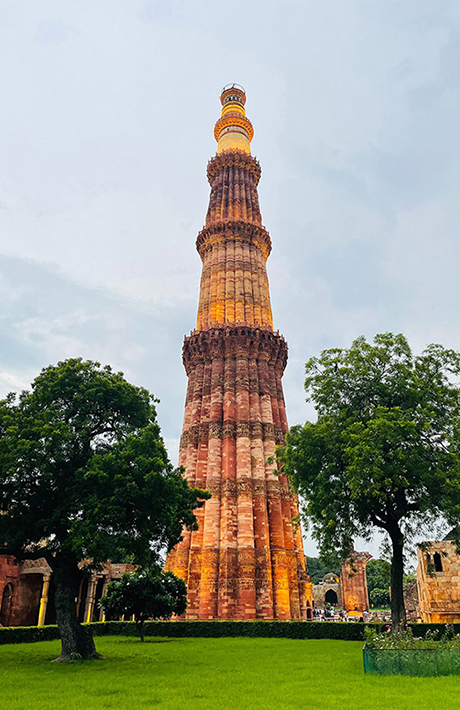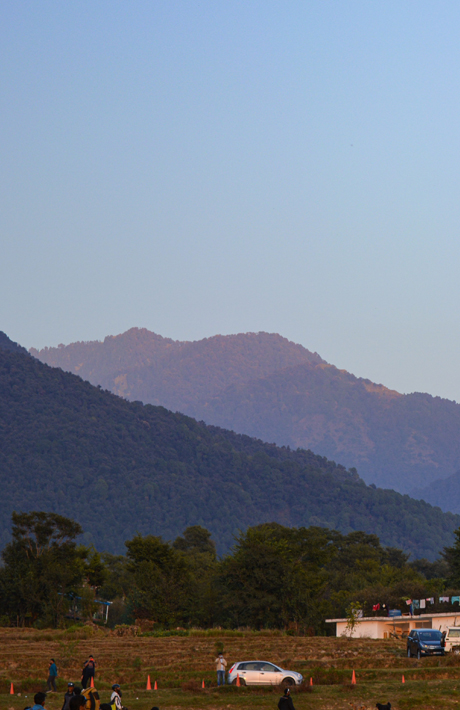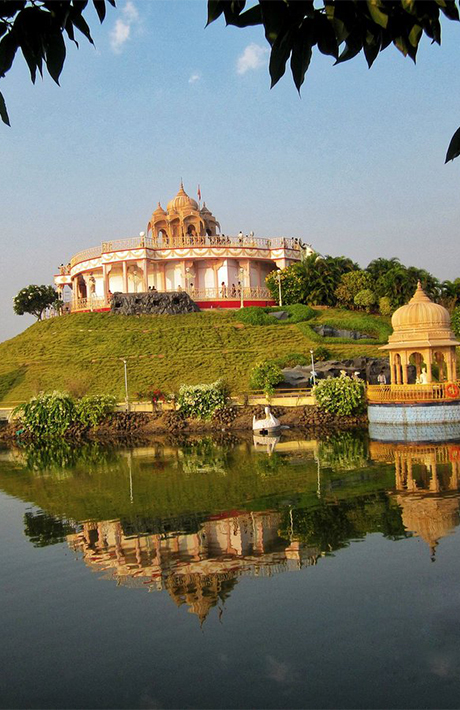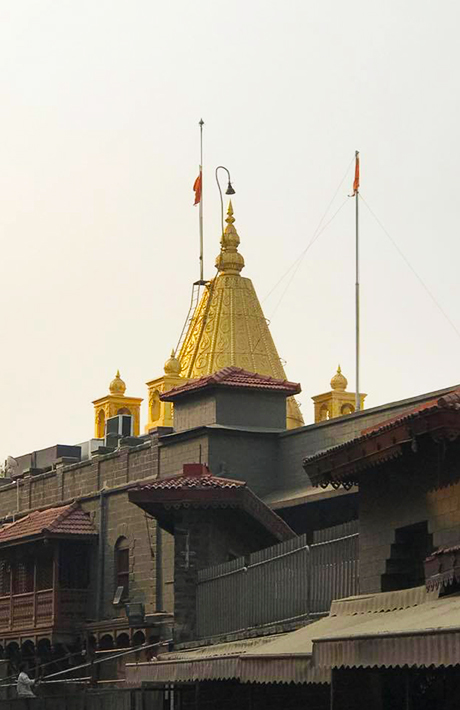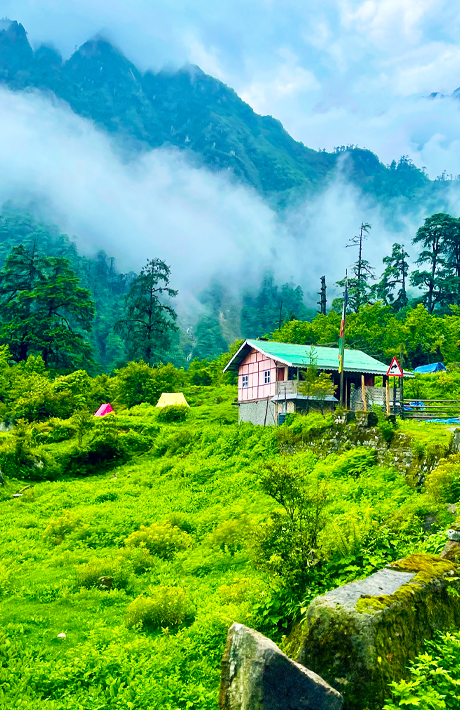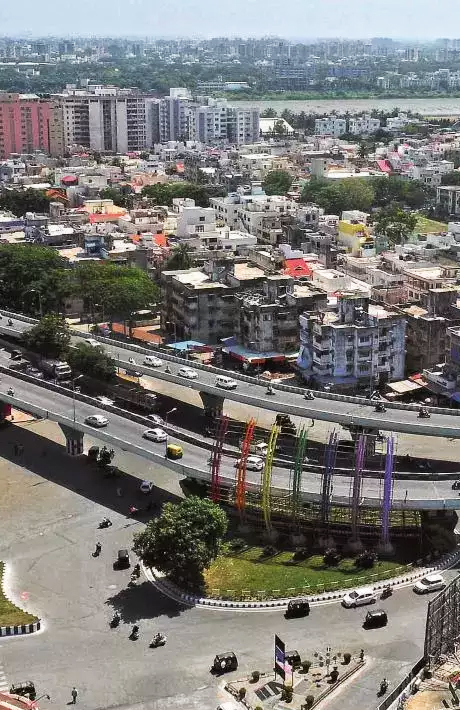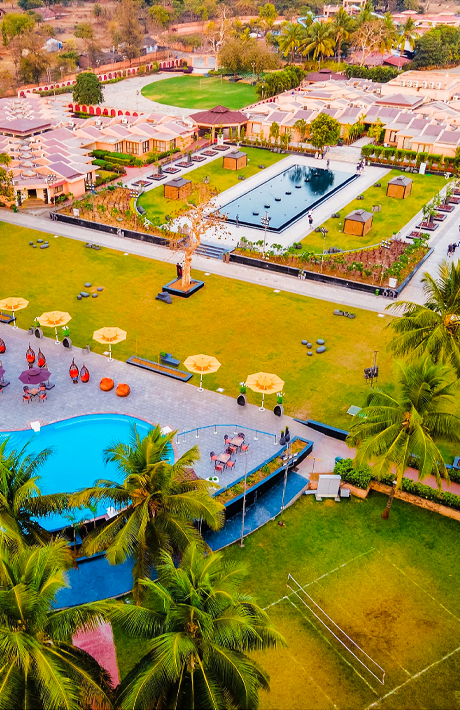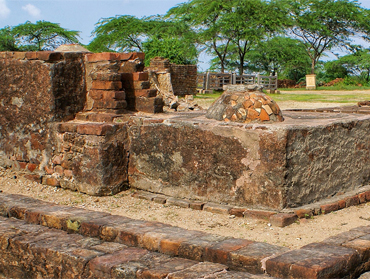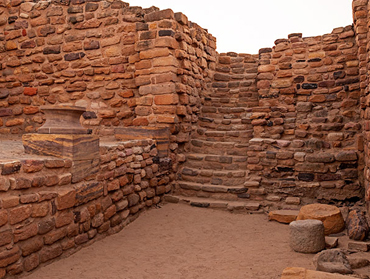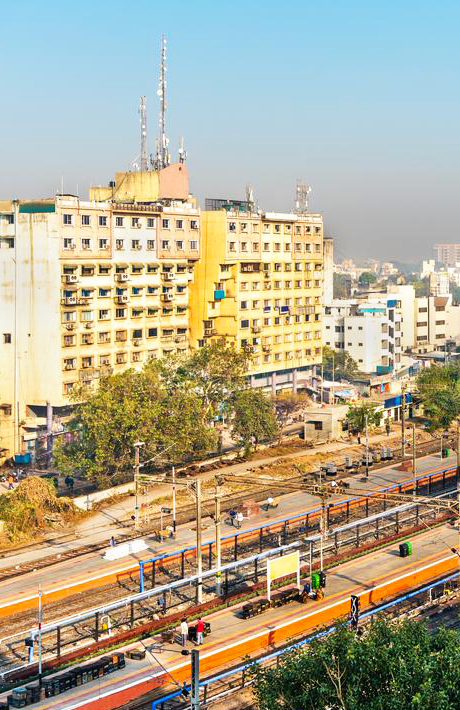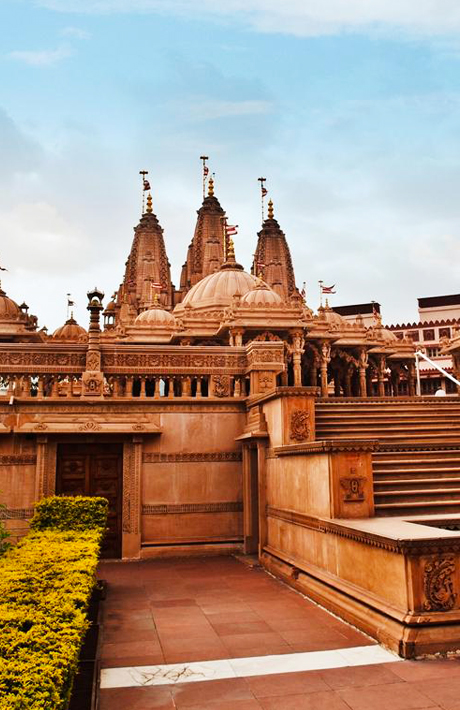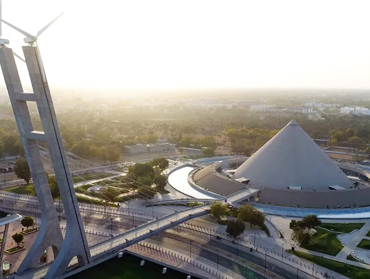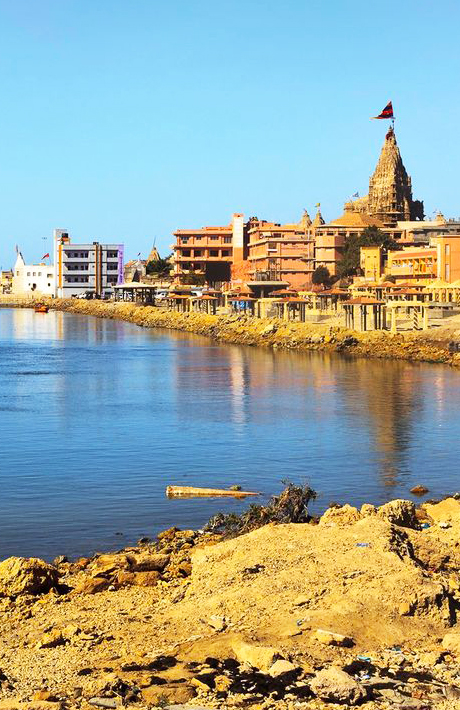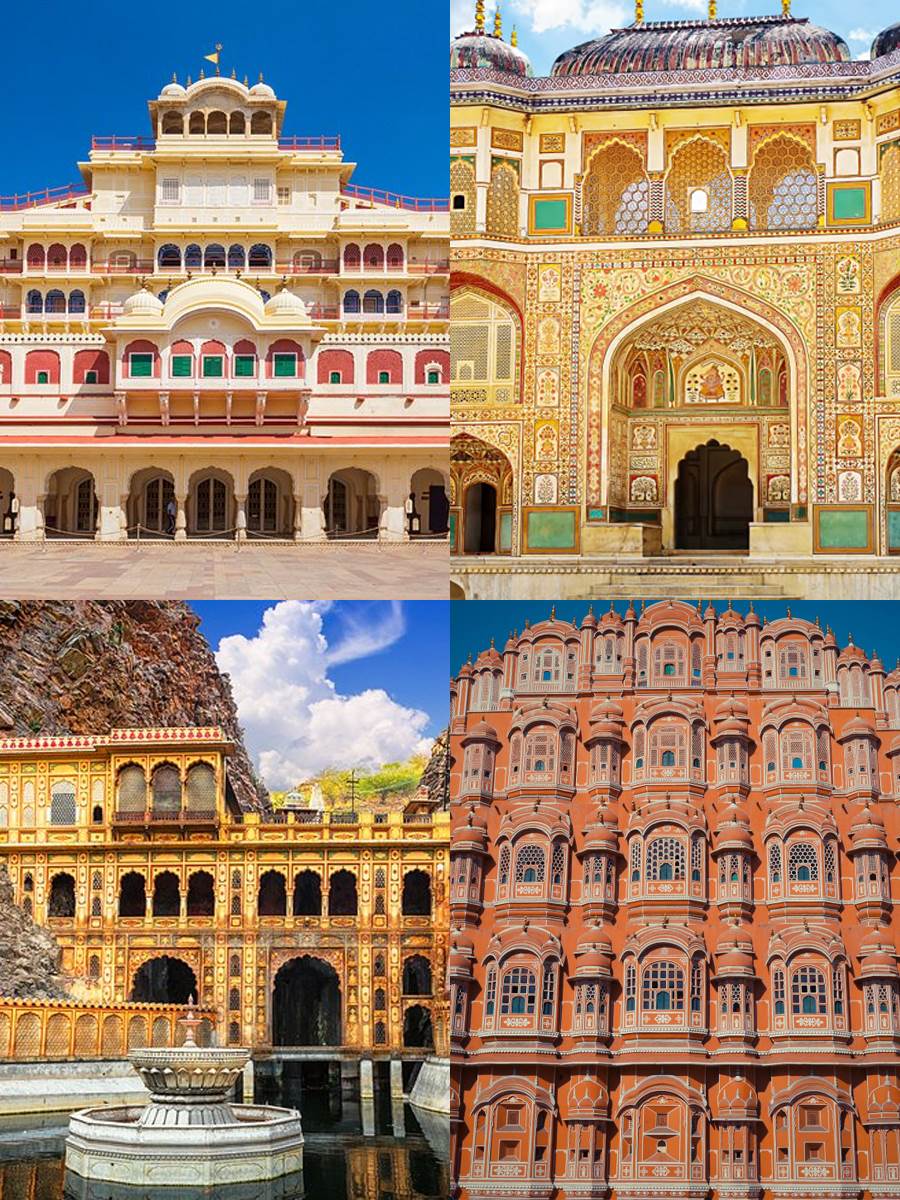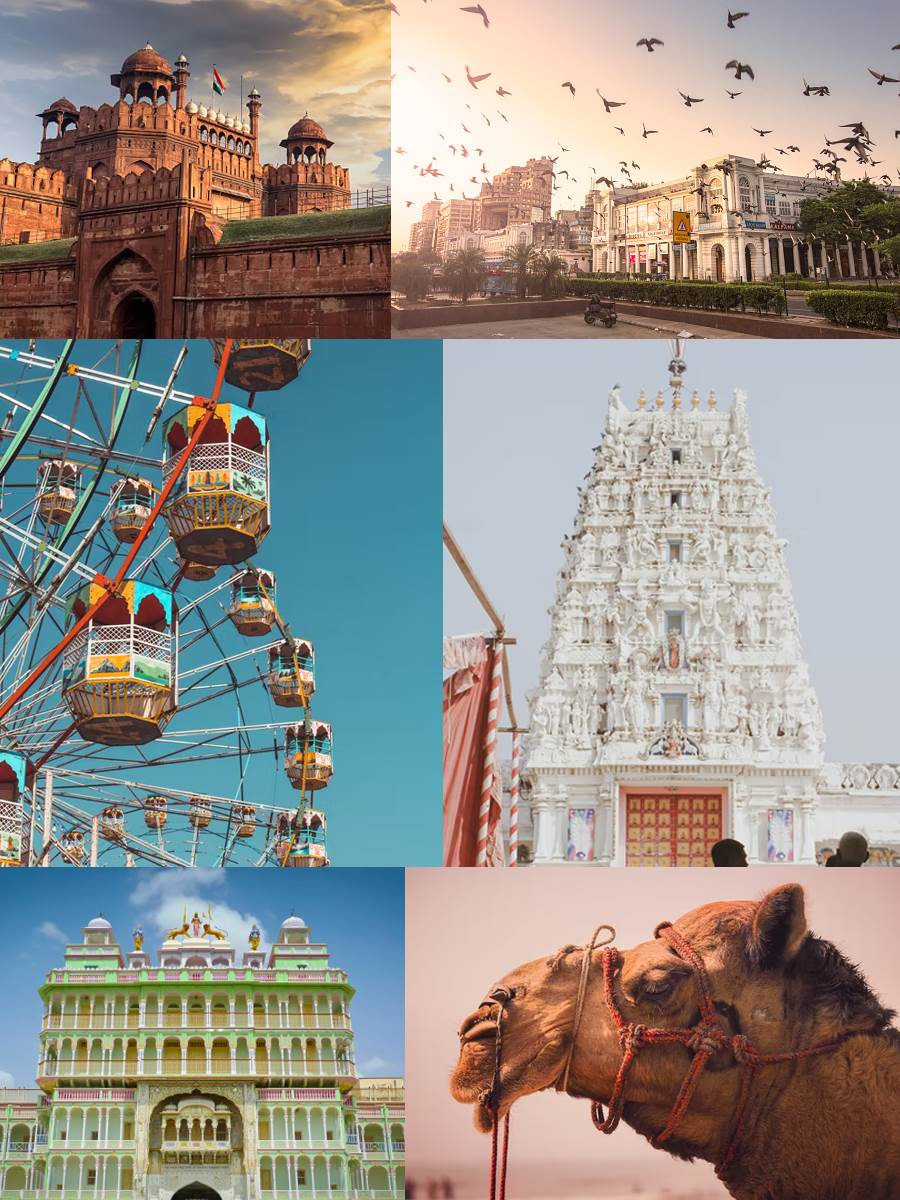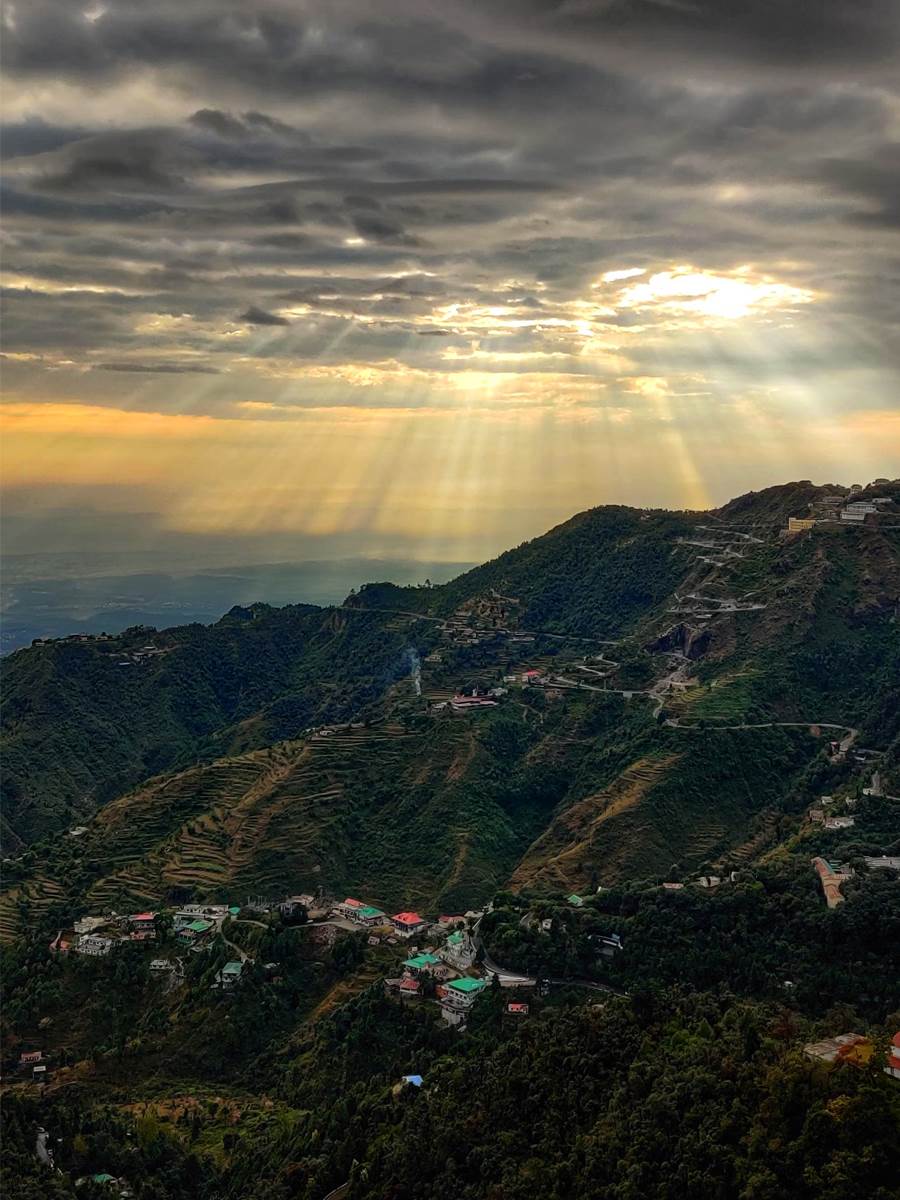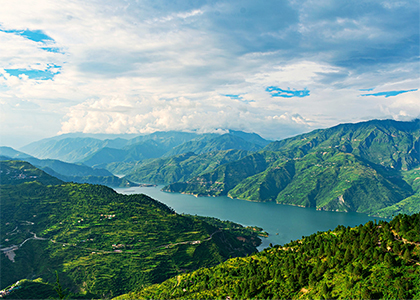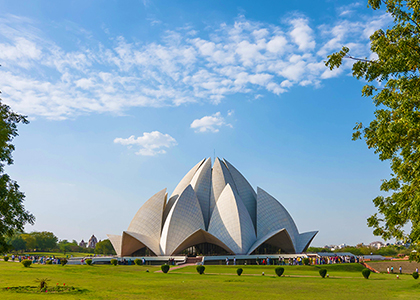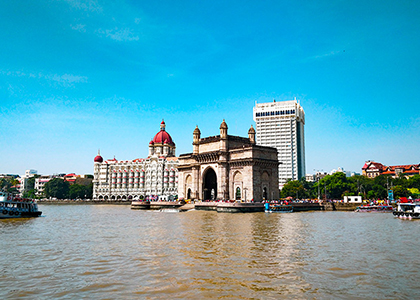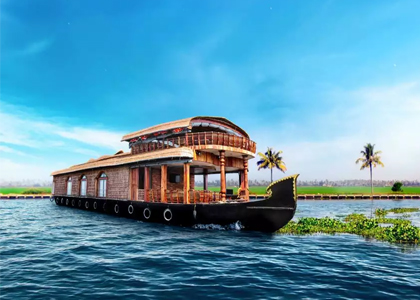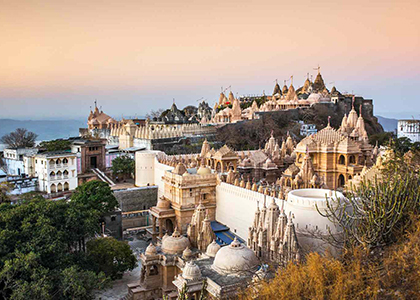
Discover the secrets of a lost civilization
Lothal
Lothal is a well-known archaeological site located in the state of Gujarat, India. It is situated about 80 kilometers southwest of Ahmedabad, and was once a thriving port city of the ancient Indus Valley Civilization. The site is considered to be one of the most important archaeological sites in India, and attracts thousands of tourists and history enthusiasts every year.
The history of Lothal dates back to around 2400 BCE, during the Harappan era. The city was built around a dockyard, and was an important center for trade and commerce in ancient times. Lothal is believed to have been one of the main ports of the Indus Valley Civilization, and had a flourishing trade relationship with the civilizations of Sumeria, Mesopotamia, and Egypt. The city was also known for its advanced technological achievements, including a sophisticated system of water management, a granary that could store large amounts of food, and an intricate drainage system.
Sightseeing places In Gujarat
Transportation
Nearest Airport
The nearest airport to Lothal is Sardar Vallabhbhai Patel International Airport in Ahmedabad, which is approximately 85 kilometers away. From there, you can hire a taxi or take a bus to reach Lothal. The airport is w
Nearest Railway Station
Lothal is a historic site located in Gujarat, India. The nearest railway station to Lothal is Bhurkhi railway station, which is located at a distance of 16 km from the site. However, the major railway station near Lothal is Ahmedabad railway station, which is well-connected to major cities in India. From Ahmedabad, travelers can take a taxi or bus to reach Lothal.
Road
Lothal, located in Gujarat, can be easily reached by road through the Ahmedabad-Bhavnagar Highway. The distance between Ahmedabad and Lothal is approximately 85 km and can be covered in 2-3 hours by car or bus. Private taxis and buses are available from Ahmedabad, Bhavnagar, and other major cities in Gujarat. The road network is well-maintained, making it a convenient and comfortable journey for visitors.
Best Time to Visit In Lothal
Summer Season In Lothal
-
30°C to 42°C
-
March to June
Monsoon Season In Lothal
-
25°C to 35°C
-
July to September
Winter Season In Lothal
-
12°C to 30°C
-
November to February
Best Places To Visit In Delhi
FAQ
Some of the must-see attractions in Lothal include the dockyard, the acropolis, and the warehouse complex. Visitors can also explore the site's museum, which features a range of artifacts from the Indus Valley Civilization.
Lothal is located in the state of Gujarat and can be easily accessed by road from major cities such as Ahmedabad and Bhavnagar. There are also regular trains and buses that run to and from the site.
Lothal is located in the state of Gujarat and can be easily accessed by road from major cities such as Ahmedabad and Bhavnagar. There are also regular trains and buses that run to and from the site.
The best time to visit Lothal is during the winter months, from November to February, when the weather is mild and pleasant. The site is open year-round, but visitors should be aware that temperatures can get quite hot during the summer months.

